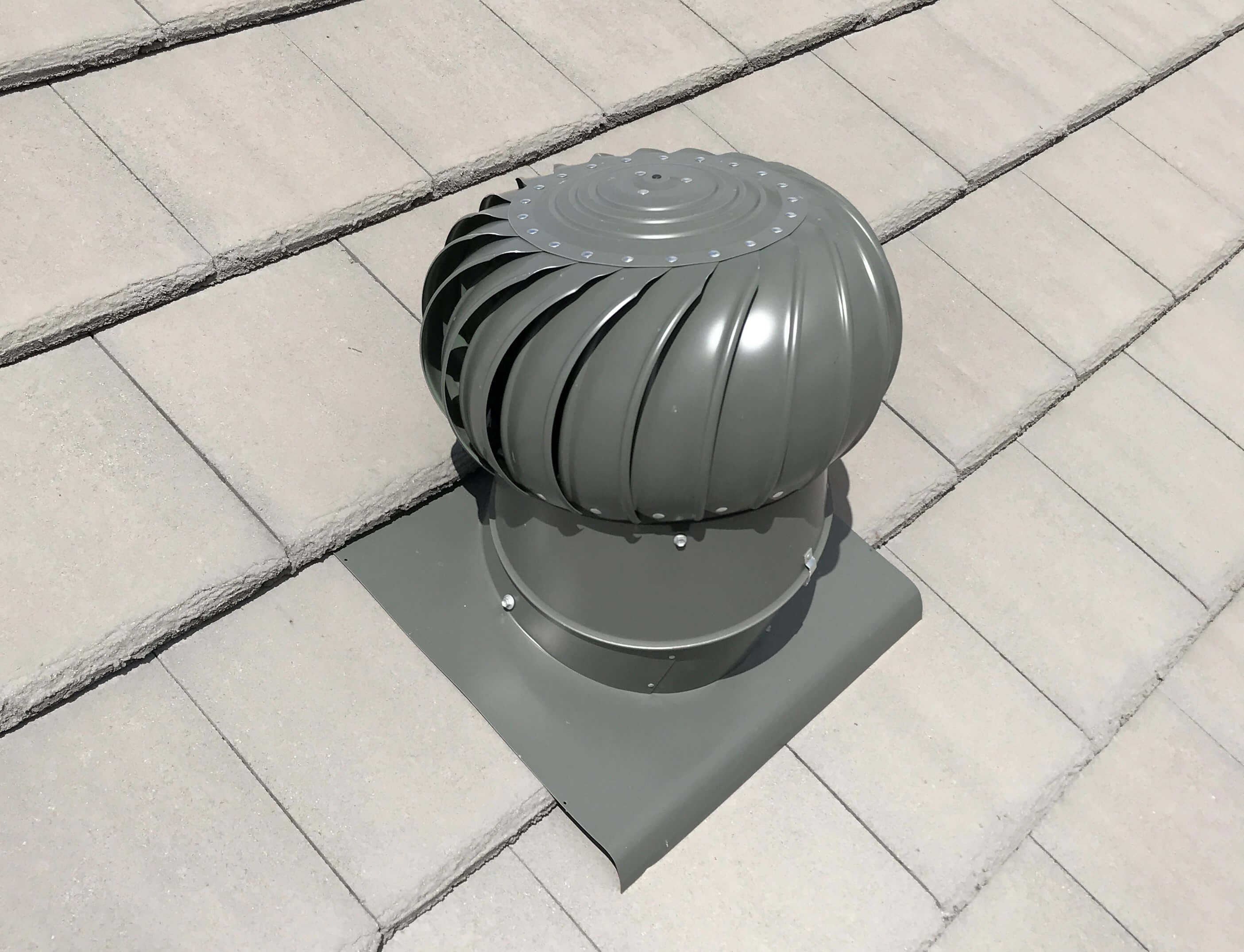Can You Have Too Much Ventilation in Your Attic?
Rain Heads Custom Made Shipped Free Australia Wide – Click Here >
Dambuster Rain Heads Shipped Free Australia Wide – Click Here >
Commercial Industrial Roof Vents 300mm-950mm – Click Here >
Eco-Friendly Roofing Insulation Shipped Free – Click Here >
Gutter Sumps Shipped Free Australia Wide – Click Here >
Roof Vents
It’s fair to say that there are few roofing decisions more important for a home or business owner to make than the type of vents they get for their roof. After all, a roof without vents is like a car without an air conditioning system – something’s missing, and you’re bound to be quite uncomfortable.
The same holds true when it comes to attics. Anyone who has ever had an attic knows how hot and stagnant the air can get up there in the summer, and how drafty and cold it can feel in the winter. Your attic is a significant room in your home, and not a space you want to cede for six months out of the year. That means finding a way to ventilate it and keep it more than liveable, but downright comfortable.
Of course, that’s easier said than done. What’s more, as the saying goes, too much of a good thing can become a bad thing. With that in mind, let’s take a look at how effective ventilation systems can be, and whether it’s possible to ventilate an attic too much.
Why There’s a Question
Life is often best lived in balance, and that’s certainly true when it comes to ventilation as well. For as important as it is to ventilate your home and keep it cool, is there a danger that you could do so to such an extent as to cause potential problems?
Part of the reason that question exists is because of the issue of intake versus exhaust.
For those not in the know, intake is the process by which fresh air is taken into an attic, which can help cool it down and keep the air from becoming stagnant, fetid, and humid. Exhaust is the opposite, expelling warm air so as to keep attics from becoming too hot while heating rooftops.
This is where problems with balance come in. While both intake and exhaust are essential for maintaining the temperature and overall equilibrium of the space, an imbalance between these two forms of ventilation can cause problems. Failure to keep these two systems balanced can result in your overall ventilation being less efficient than it could or should be.
What’s worse, an imbalance can have a negative impact on the temperature and condition of your climate. If your ventilation is more geared toward intake rather than exhaust, for example, you may take in too much cool air, thereby causing your attic to go from refreshingly cool to chilly. The same can happen if your exhaust system far outstrips your ventilation system’s intake.
The key, therefore, is to make sure that your systems are balanced, and that means knowing how these systems work in the first place.
How Attics Are Ventilated
Attics are ventilated by allowing air to pass through your roof as well as the room itself, allowing stale air to get out and fresh air to get in. That’s easier said than done. After all, you can’t simply cut a massive hole in the side of your attic to open it up to the elements outside.
That’s why homeowners instead install vents to the side of the exterior wall or along the roof itself. These help keep attics and homes at large cooler without having to constantly resort to running your HVAC unit.
Different ventilation systems are able to accomplish this in different ways.
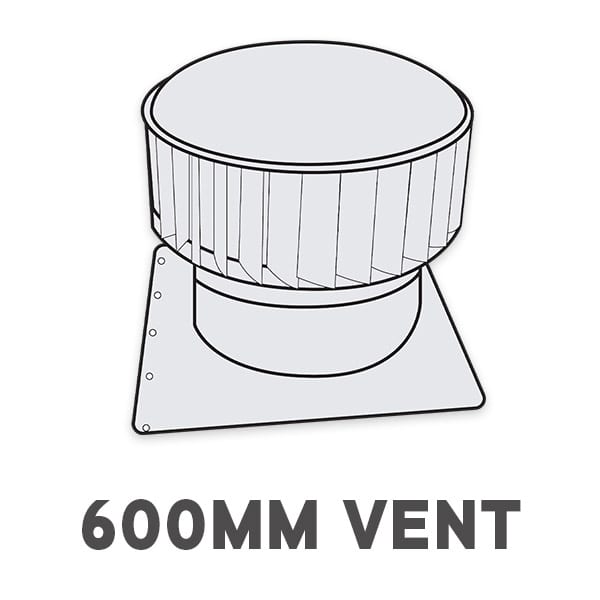
Supply & Installation Price
Sydney Metro Only
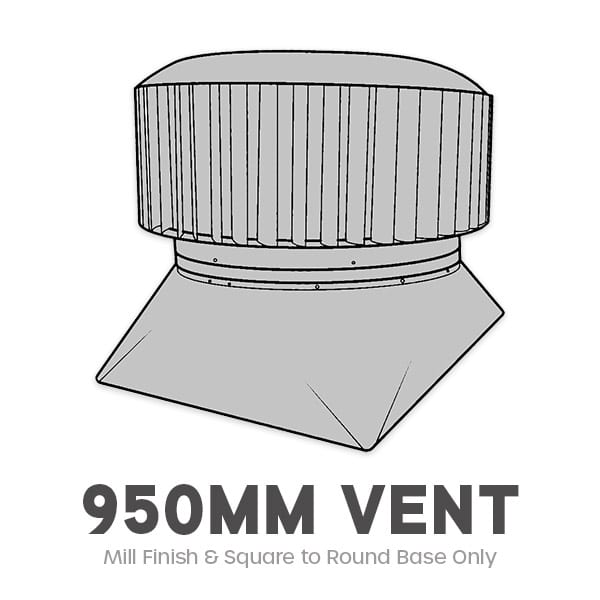
Supply & Installation Price
Sydney Metro Only
1 Roof Vent
Supply & Installation Price
$520/1
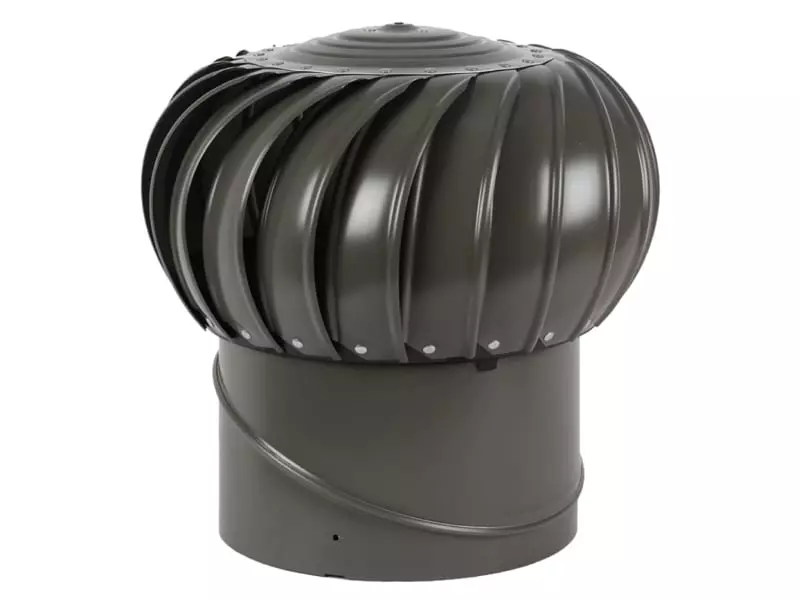
1 Ampelite 300 Spinaway
Colorbond or Mill Finish Supply & Installation Price
Download PDF
2 Roof Vent
Supply & Installation Price
$860/2
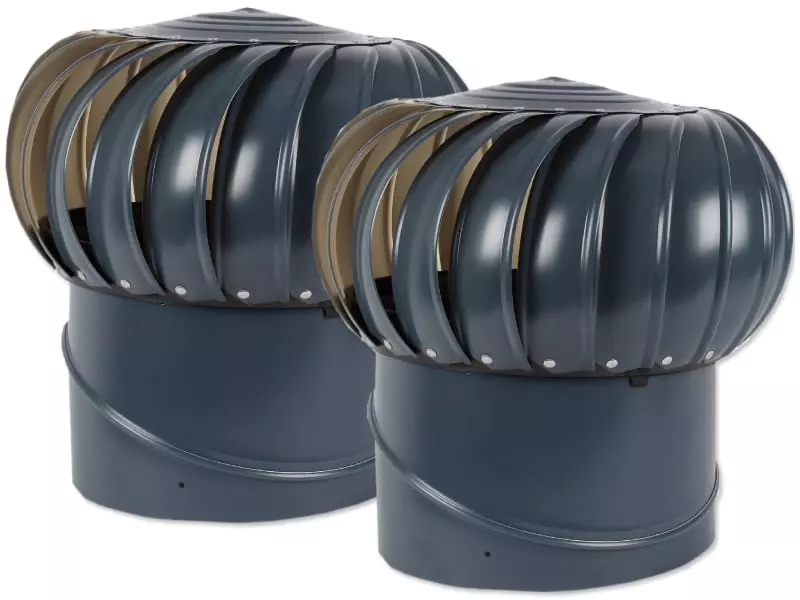
2 Ampelite 300 Spinaway
Colorbond or Mill Finish Supply & Installation Price
Download PDF
3 Roof Vent
Supply & Installation Price
$1,090/3

3 Ampelite 300 Spinaway
Colorbond or Mill Finish Supply & Installation Price
Download PDF
4 Roof Vent
Supply & Installation Price
$1,300/4

4 Ampelite 300 Spinaway
Colorbond or Mill Finish Supply & Installation Price
Download PDF
Different Ventilation Systems
Among roof vents whirlybirds are among the most common. They are so common in large part because they are among the most versatile types of roof vents out there, with some being able to offer active as well as passive ventilation. This means that they can be powered by the wind as well as electricity, opening up all kinds of power management options while still allowing you to cool your home down.
That said, whirlybirds are on the larger and more obvious side as far as vents are concerned.
At the other end of that spectrum are soffit vents. Among roof vents for metal roof setups they are quite common. Roof vents on metal roof surfaces are tricky, but the simple design of these makes them ideal. These ventilation systems are designed to fit under your roof’s underside, making them as unobvious and unobtrusive as roofing vents can get. In addition, they provide fantastic passive ventilation.
Gable vents are another popular option for providing passive ventilation, though they are also capable of both intake as well as exhaust. They are unique insofar as they are not designed to fit on your roof, but are rather meant to be placed underneath a gabled archway for homes designed with them. They also stand out insofar as they are meant to stand out, being by far the most decorous option, with frames that are meant to complement your roof and décor scheme.
Finally, ridge vents are located at the top of roofs along the ridgeline. They are made up of tiny gaps in the sheathing, allowing air to escape.
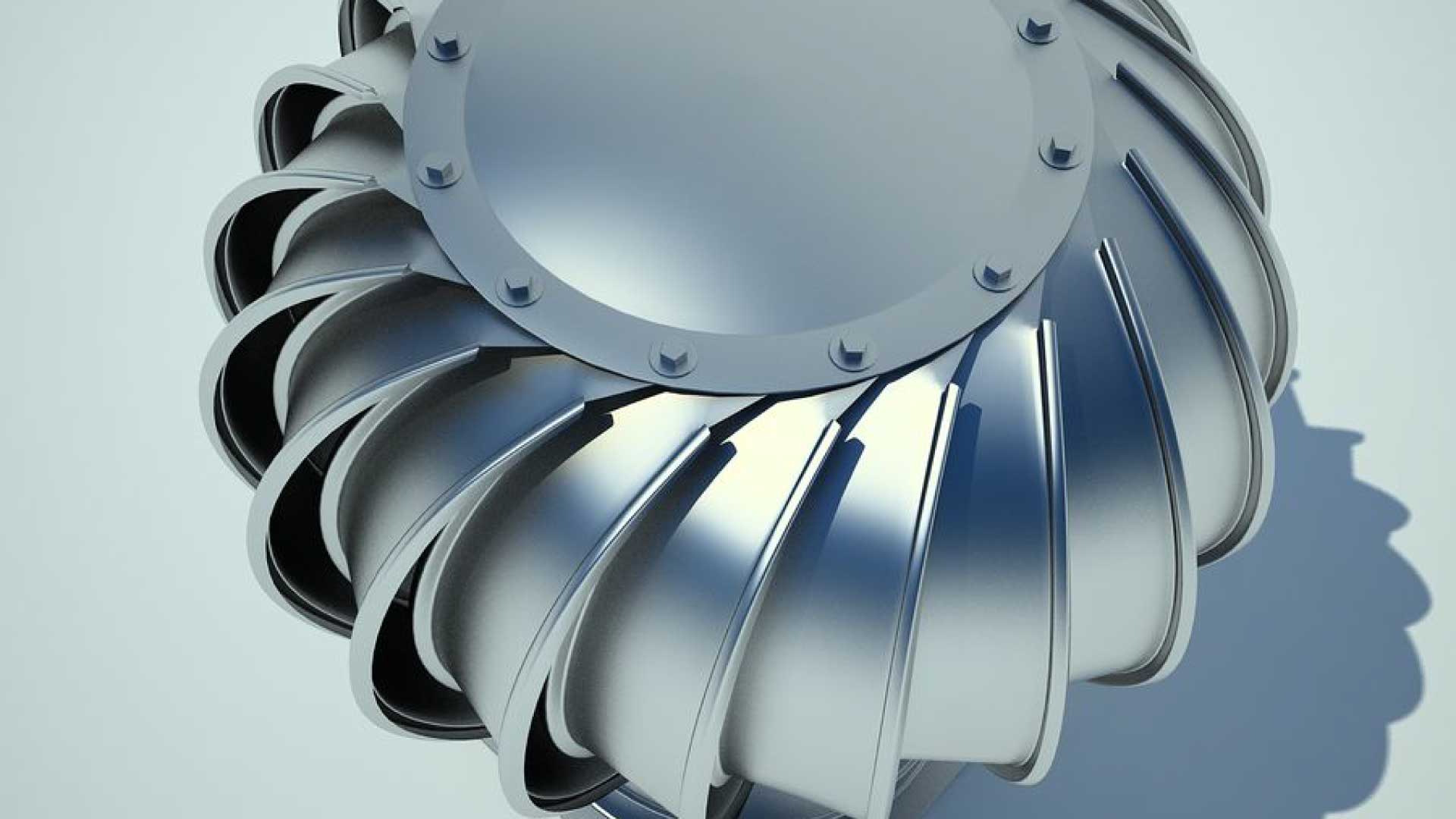
A Word on Solar Powered Systems
We would be remiss if we did not mention these. Among roof vents solar energy is one of the most popular roof ventilation options out there. These work by harnessing the power of the sun to switch on and provide ventilation services as needed. With roof vents solar powered options are great for those looking to outfit their home with a great exhaust system that is powered by solar power rather than conventional means.
This latter point can be especially important for those looking to cut down on their energy bill or otherwise practice more eco-friendly energy usage.
Of course, as is always the question with so many roof vents with fans, solar or otherwise, the big question with these is if they work and if they can contribute to that aforementioned overventilation problem. To answer the second question first, because they are strictly controlled by solar and temperature sensors, the risk of these units over-ventilating your home is less than others. Solar ventilators can work quite well, as long as you know what you’re getting. While they are by no means a silver bullet to keep your home at the perfect temperature year-round, they are nevertheless a more efficient way to cool your home in terms of energy usage. What’s more, while installation costs can be steep, in the long-term they are bound to help you save enough money to make them worth it.
Finally, with roof vents installation is key, so make sure you get a trained team of experts to put these in.
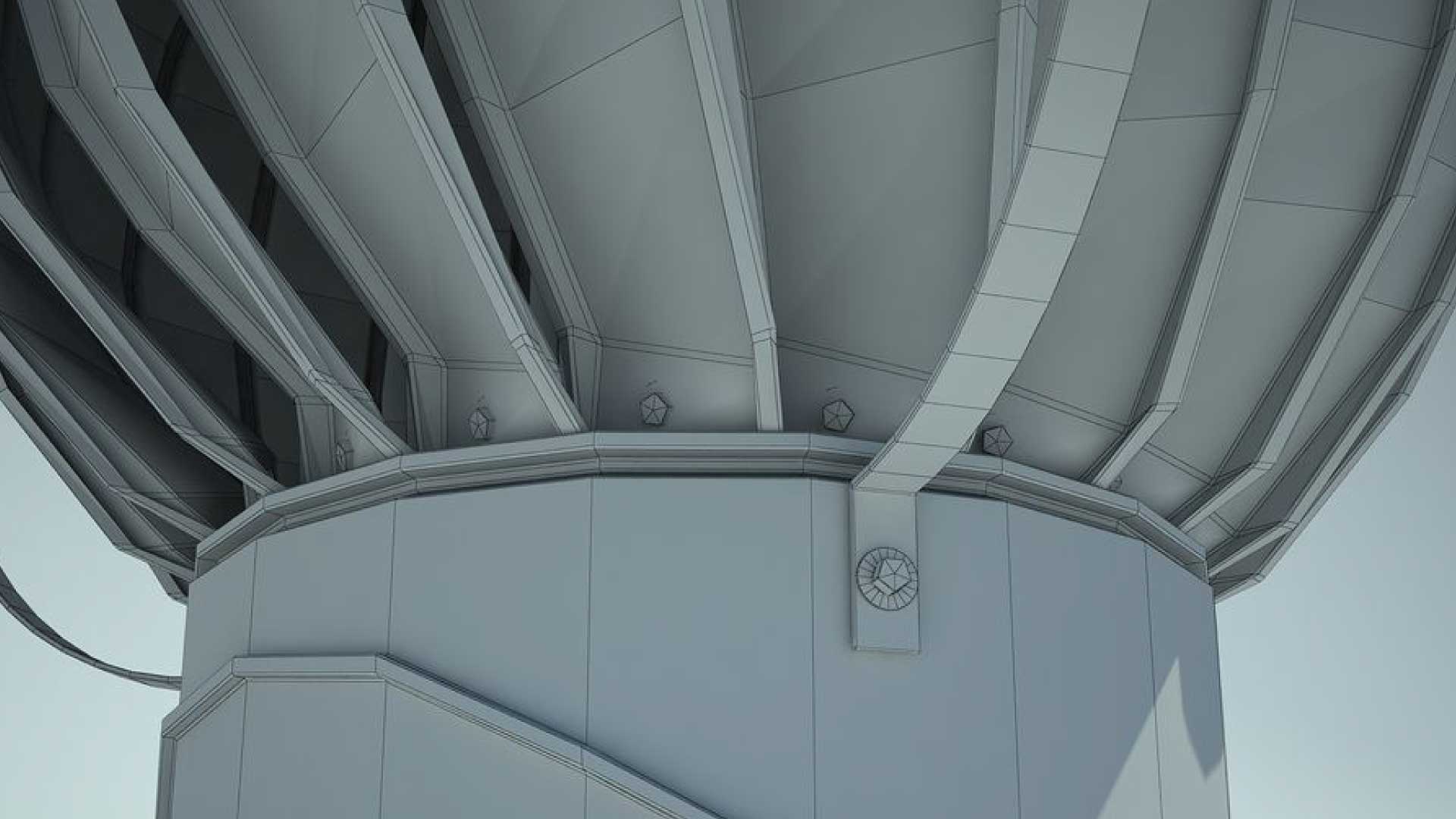
Can You Ventilate Too Much?
Let’s return to the central question at play here – can you have too much of a good thing and accidentally ventilate your home too much?
It really depends on what type of ventilation you’re talking about. Because exhaust works by expelling the air you’ve taken into or already have in your home, you can’t really have too much intake, because it will be expelled by exhaust anyway. That being said, for that very reason you can theoretically have too much exhaust and expel more air than you might wish to, leaving your attic cooler than you might wish.
In addition, sucking out that much air can lead to airflow problems.
There’s even a danger that you could cause damage to your roof itself by allowing too much airflow. While it can be difficult to imagine too much of a good thing being bad in this case, the fact remains that having an unlimited amount of airflow can actually reintroduce some of the very problems you’re trying to get rid of with the ventilation systems in the first place. For example, too much airflow can cause some of the moisture you were looking to banish to come right back in, causing everything from weakened roofs to leaking.
For example, imagine that you have a ton of soffit or gable vents, allowing a great deal of air to constantly flow into your home. Come wintertime, that is bound to mean a lot of cold, moist air, which isn’t what you want at all. On the other hand, if you have an overly strong exhaust system and are constantly expelling air through these vents, or are constantly running your whirlybirds to do so, you are likely to cool your home down considerably.
While that may be good to an extent in summer, in the winter that can make your home start to feel quite frigid. That means you’ll have to run your HVAC again, not to cool your home, but to heat it this time. Since part of the reason roof ventilation is so important and popular in the first place is the fact that it is supposed to cut down on your energy usage, this can undermine their purpose.
That’s why, as stated above, it is so important to do everything in your power to make sure that you have balanced your ventilation system as best as possible. That means making sure that you have equal intake and exhaust systems that are adept at taking in and expelling air as needed. This also strengthens the case for having more than one type of vent, as a system of vents with different strengths can increase your chances of maintaining a positive intake-exhaust balance.
In the end, as long as you balance your intake and exhaust, are careful about getting a fan for roof vent systems which is likewise balanced in operational power, and do not allow too much unbridled airflow, the risk of you over-ventilating your home is low.
